Locals fear water conflict as new industrial boom arrives along Thailand’s eastern seaboard
A new industrial boom is bringing high-tech investments to eastern Thailand. But in this drought-prone landscape, is there enough water to go around?
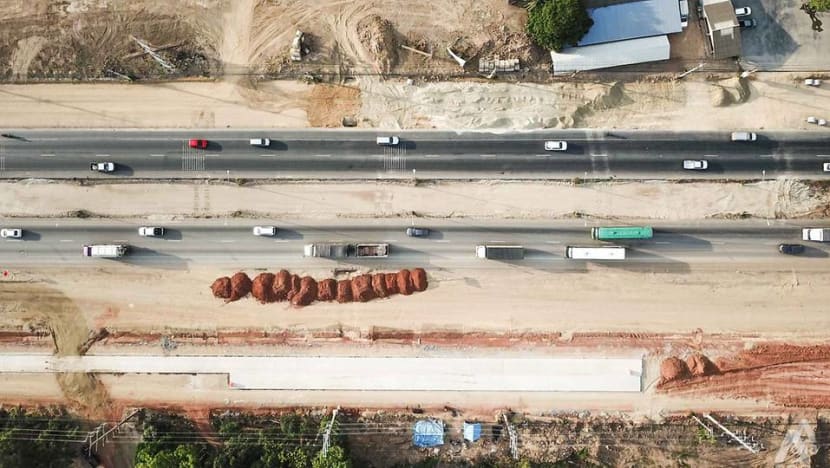
New industrial activity is ramping up in three eastern Thai provinces. (Photo: Jack Board)
BANGKOK: As Thailand embarks on an ambitious industrialisation drive along its eastern seaboard, local communities and conservationists fear a brewing war over water.
The Eastern Economic Corridor (EEC) Development Plan is a long-term public project aiming to accelerate development in eastern Thailand, namely three provinces - Rayong, Chonburi and Chachoengsao.
It is attracting global investors in priority sectors to power a national strategy - Thailand 4.0. The types of industries being targeted include next-generation automotive, biotechnologies, AI, robotics, automation and aerospace from countries like Japan, Singapore and China.
“Thailand has identified key projects and key elements that will take Thailand forward and get Thailand out of the middle income trap. To do that, Thailand knows that what we need is technology,” said Luxmon Attapich, the deputy secretary-general of investment and international affairs at EEC.
At the same time, the development plan is raising community worries and stirring conflict. Central to those concerns is the availability of water.
The landscape in the EEC area is shifting fast already. From farms to factories, what has long been agricultural land is transitioning to accommodate new industry. Huge swathes of land - 48,000 ha in total - have been re-zoned to allow such changes to occur.
Local communities and small-scale farmers fear the changes they are viewing with their own eyes. New, ever-widening roads plunging through the heart of their provinces, factories replacing fields and the movement of masses of water into reservoirs that are not for them.
The realities of climate change are hanging over this region; devastating droughts in recent years took a heavy toll on eastern Thailand’s water resources and plunged local farmers into desperation. Flooding is a regular threat too and saltwater intrusion into rivers and along the coastline is worsening.
As a result, the allocation of precious water resources, which must be shared among various stakeholders including new and existing industry, large and small agriculture, and cities and villages has become a flashpoint.

The EEC blueprint includes plans for multiple new industrial cities and parks, the expansion of an international airport and ports, new railway infrastructure, urban expansion and a medical hub. All of them will need access to a finite amount of water.
“Even before the EEC, there was a troublesome lack of water in the eastern seaboard area,” said Somnuck Jongmeewasin, a conservationist and research director at EEC Watch, a group studying the impacts of the project.
“In my local community, there’s a lack of water. If we want water, we have to buy and it’s very expensive,” he said.
“The industrial sector can get the water because they have money. This is the inequality. How to live together peacefully? There is no way. The conflict is still there.”
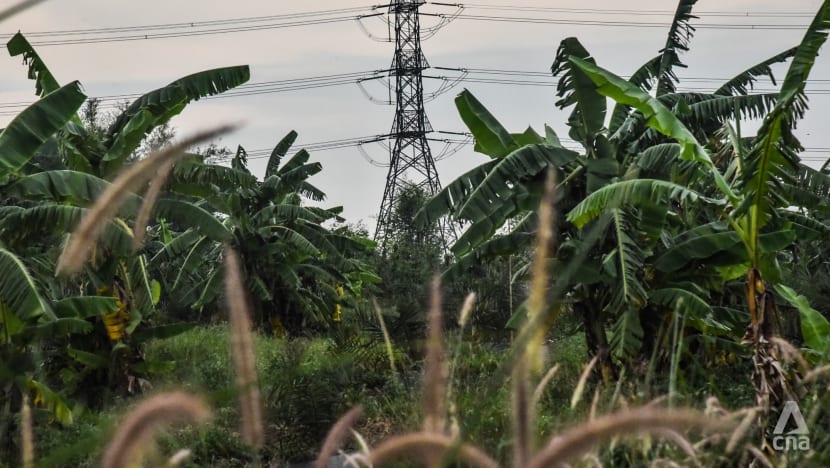
As well as ongoing legal action against the project, Somnuck predicts that locals will start to escalate their opposition to the EEC through protest or by blocking access to key areas of development or infrastructure, if the government does not take measures to ensure fairness and sustainability.
“It’s feasible. (But) if the government does not do as per my suggestions, I think we could not survive and we will see people blocking water, people blocking land, blocking the seashore and you cannot develop anything,” he said.
“It will be the next civil war for the EEC area.”
READ: IN FOCUS - Livelihoods, environment on the line as Thailand pushes for new industrial park
GIVING UP ON THE LAND
In parts of Chachoengsao, shrimp farms dot the land close to the Bang Pakong river. Each needs a steady supply of fresh water for the ponds where the shrimps grow and are harvested. They rely on canals that draw water from the main river.
It is a water-intensive industry, and the operations of local farmers are now at risk. Due to a lack of water resources, which are increasingly salty, many have switched to an alternative crop, or are on the brink of walking away from their farms.
One of Chamlong Horracharttrakul’s two ponds is now bone dry, its mud surface cracking in the sun. “All the canals are dried up. The weather is very hot as well,” he said.
“In the dry season, I can only do one pond at a time now because I need another pond to keep water. It’s been like this over the past four or five years.
“Frankly speaking, if I didn’t own these ponds, I would have given up already.”
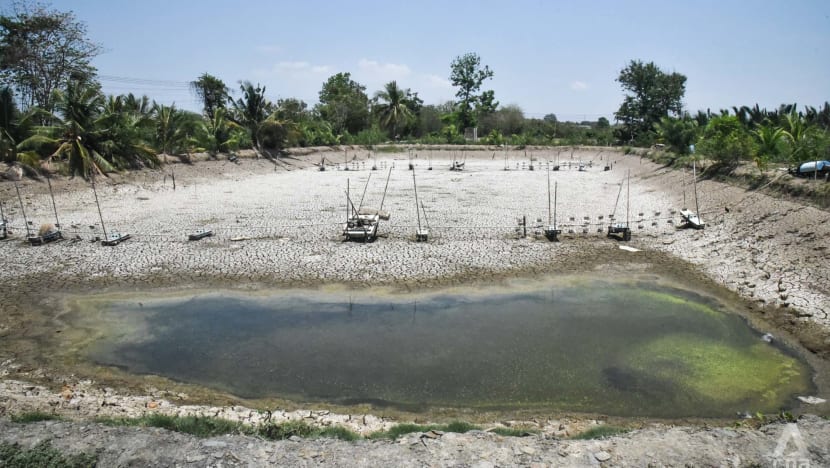
Nearby, Boonserm Charoenrattana-opas has been maintaining his shrimp operation for 25 years. His output is already low due to salinity and rising water temperatures, which cause disease in his produce, and he worries about the impacts of more industry setting up around him, especially upriver.
“If wastewater is released into the river, negative impacts will definitely happen. The water system cannot be used and this will be a problem. The chance of keeping shrimps sustainably will be gone,” he said.
“I am just a small villager. I cannot compete against a big investment group. This is the problem.”
READ: Salty rivers, failed durian trees and waves consuming the shore - Climate change realities hit Gulf of Thailand
Further south in Chonburi, Threelathagorn Phanusamporn, a local pig farmer and community activist, is trying to empower locals on water management issues.
“The main issue in this area is water. We are short of water for consumption and water for agriculture. Villagers cannot quite produce enough to reach their target. There used to be paddy rice crops but they don’t have them now,” she said.
A small, central reservoir available to residents is close to empty and benefits from a large nearby dam do not reach them. Threelathagorn says there is a mistrust of authorities and a feeling that “poor and struggling villagers” are being left behind.
It is a feeling reflected in Rayong province, where fisherman and fruit grower Manu Darat says local communities like his have never been consulted about the EEC's development, nor how water allocation might change.
"We just saw them putting water pipes here and there," he said. "Let’s face it, the water demand from the industrial sector increases more and more. I don’t know if they're taking water from us for sure, but no one has told us anything."
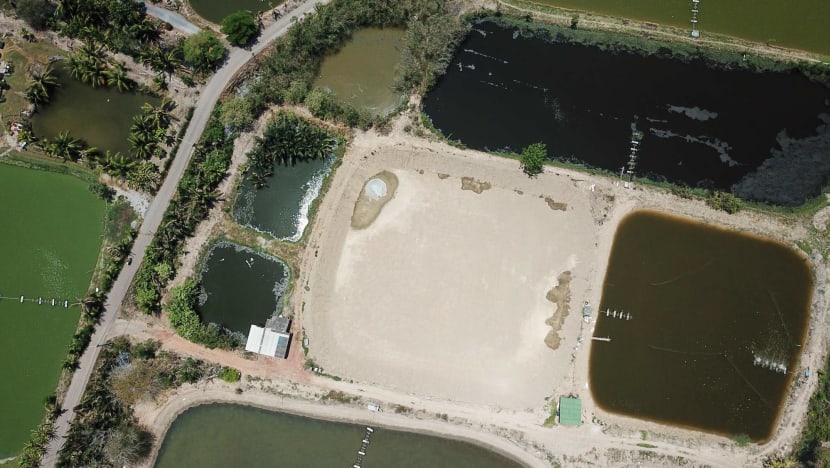
MOVING WATER AROUND THE COUNTRY
It is evident that the management of massive water storage areas is crucial both to the EEC’s success, and the lives of millions on the eastern seaboard.
“The problem is not really big but the problem is really complicated,” says Somkiat Prajamwong, the secretary-general of the Office of National Water Resources.
His department is primarily tasked with moving, adjusting and managing Thailand’s water resources. When it comes to quenching the EEC’s thirst, the task is akin to a giant jigsaw puzzle.
Weather patterns are unpredictable in Thailand. This means that rain does not always fall in the right places at the right time. Catchment areas that the country has long relied on cannot be trusted under worsening climate change conditions.
In the next decade, water diversions, the construction of new reservoirs and inter-provincial pipelines are set to be key strategies to pump an extra 706 million cubic metres of water into the EEC zone. Most of the water will be drawn from Thailand’s far east, close to the Cambodian border where demand is less and existing reservoirs are healthy.
“On the topography map, we cannot move the reservoirs but we can change the channels to take more water or harvest more water into a reservoir. We know we have uncertainty from climate change - we cannot forecast more than a year - so storage is really important,” Somkiat said.

In total, some 38 projects with a budget of about US$1.6 billion are earmarked for water supply projects for the ECC, while additional projects will address water loss, agricultural usage plans and groundwater. About 30 per cent of water in the area will be reserved for emergency use.
A desalination plant involving private sector investors is also under consideration.
Somkiat says a top priority is ensuring that water allocations for agricultural use are not brushed aside in light of rising demand from industry. He hopes better communication and transparency will help overcome local concerns.
“We have a fixed amount of water for the agricultural sector and for the industrial sector with some conditions that if the water is below a certain level, we don’t want to transfer to other sectors except agriculture,” he said.
“We try to set up the plans in advance so the people know how many crops they can grow, how much water they can use and how much they will suffer in the future.
“If we have some problems with water demand or water availability, we may think about how we’re going to use other measures to reduce demand. We know demand never stops, it only increases.”
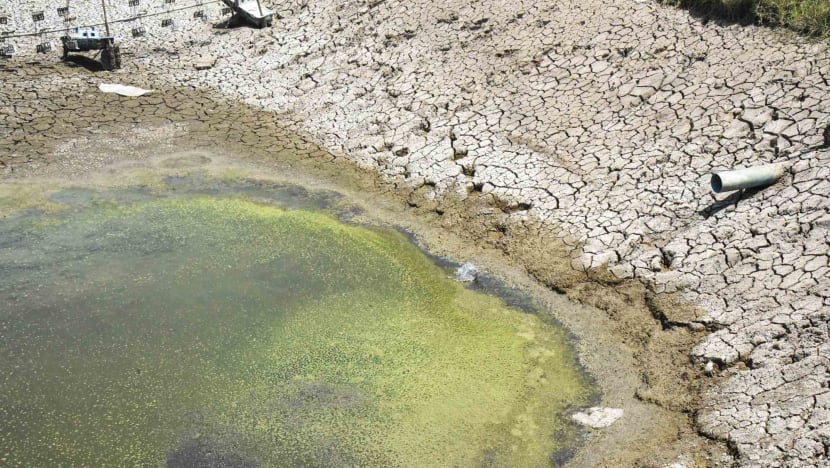
He says many farmers have in recent years shifted to water-intense activities, especially growing durians instead of rice, due to their popularity and high price in export markets. Those farmers will need to make provisions to be more water smart and have their own storage systems.
He also believes that paying for water will become an inevitability for all parties. But those mechanisms are largely still being designed.
Sucharit Koonthanakunwong, an associate professor advising the government on the ECC, in an official capacity as part of the Collaborative Office on Strategic Water Management, says helping farmers install their own water reserve ponds through government subsidies is part of the EEC wider plan.
“The recent drought is not a crisis, but the new normal for the future,” he said. “People have some time now to sit down and see what they should prepare for. They have experience of the drought already. They know now what a crisis is.”
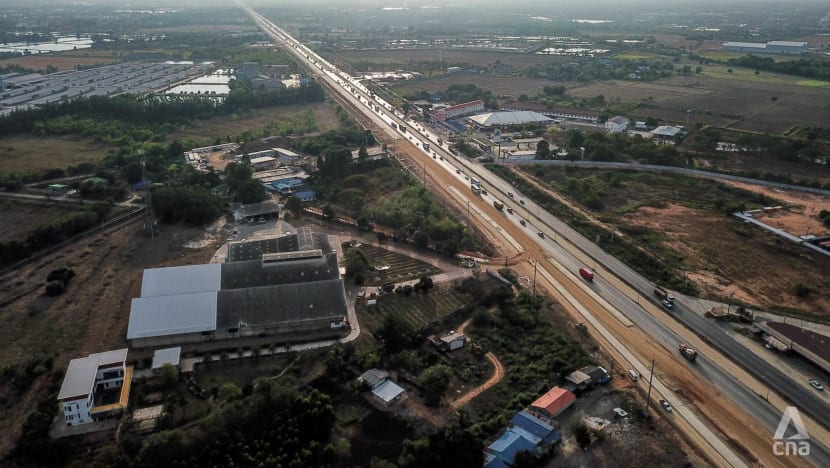
READ: Adapting to climate change - How Thailand’s tropical wines are teaching the old world new tricks
"WE DO NOT WANT TO REPEAT ANY MISTAKES"
In this part of Thailand, there remains the lingering imprint of past industrial projects that have polluted water sources and poisoned the air and soil. But the ECC has promised to ensure that this undertaking will be different.
“We do not want to repeat any mistakes that happened in the past. We are very clear that we would like to take care of the environment, the health and wellbeing of the people in the EEC area,” said Luxmon, the deputy secretary-general.
Crucial to the sustainability of the EEC will be regulations around the type of companies that can set up within it, and the rules they will need to follow to match its green ambitions. While the next few years will see a further build-up of essential infrastructure to support new industries, space has been made available for investors to move their operations into the EEC now.
“We need to understand that back then, 30 years ago, those were heavy industries and they seemed to have impacts. We do not want that so that was built into our initiative from the very beginning,” she said.
She admits that climate change was not an integral part of the initial planning of the EEC, but starting from this year, boosting the scheme’s green credentials has been a focus.
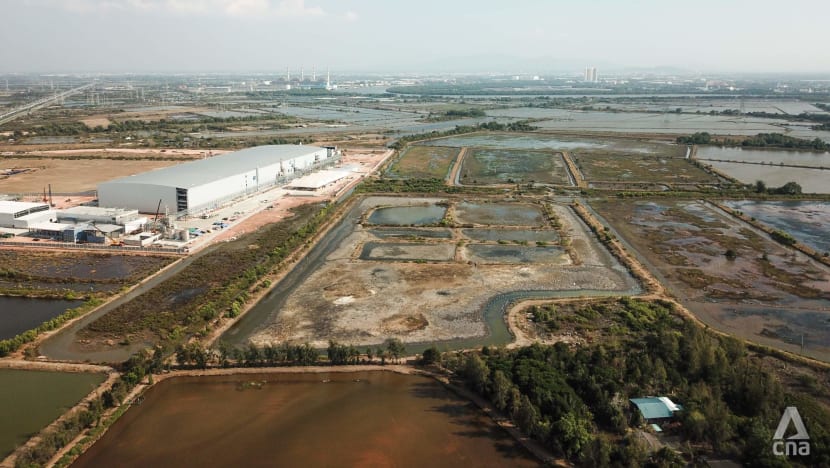
READ: When the rain doesn’t come - Thailand in grip of severe drought as monsoon season fails to deliver
However, Somnuck believes that official predictions of future water demand in the ECC are “wrong”, grossly underestimating how much of the resource will be needed.
In light of that, he has called for a clear 6R scheme to address water use throughout the three target provinces - reduce, reuse, recycle, rethink, redesign and regulation. He says some factories have already proven that recycling water is possible but the same attitudes and practices are not being fully adapted.
“Imagine if everyone could recycle 20 per cent, you can drop the demand for water a lot. We can have ‘new water’. Better late than never is the motto for my team,” he said.
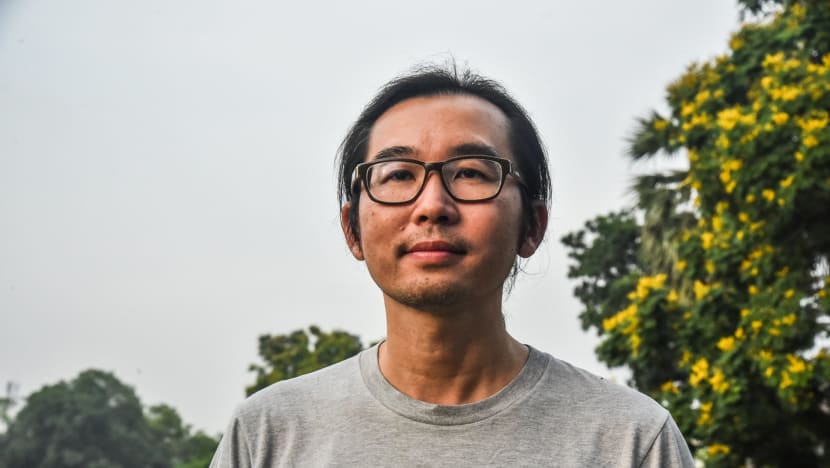
Luxmon said there will be “both sticks and carrots” to both regulate and incentivise more sustainable behaviours from investors.
“We are moving away from those old industries that pollute a lot. We are moving towards technology that will help us meet net zero targets,” she said, adding that in 2021, the EEC has proposed becoming a carbon neutral project in the future.
In the meantime, Sucharit is putting more recommendations to the government, calling for more water reserves to be held in the wet season, smarter management systems, real time digital data about water use and better backup schemes to have water saving and recycling programs in the new industrial areas.
“The government is listening to our research and recommendations. There are opportunities for them to prepare the plan to counter this,” he said.
“No water will not happen. There will be a solution, but at what cost?”
Additional reporting by Ryn Jirenuwat.














